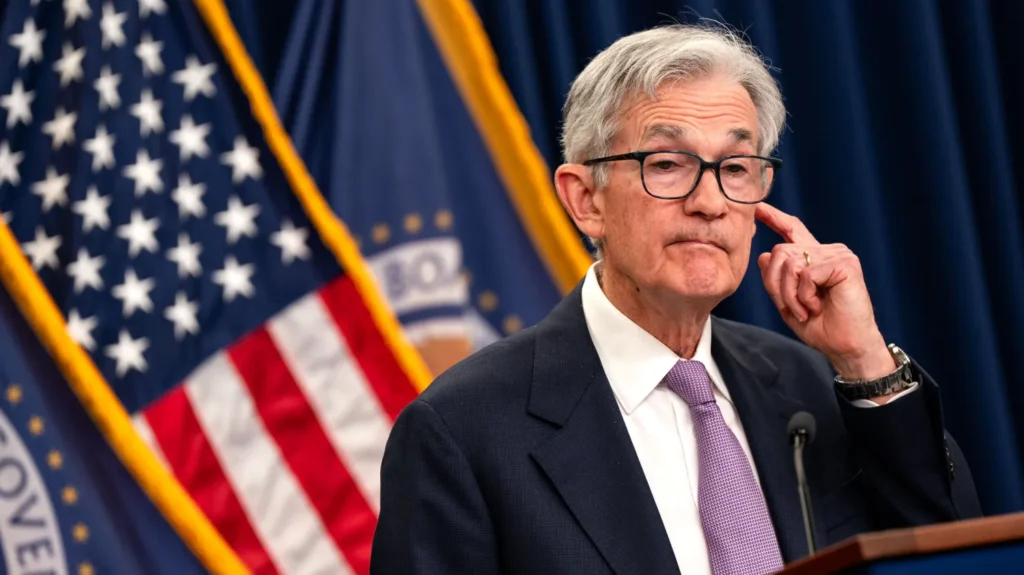On April 21, 2025, U.S. financial markets experienced a significant downturn as President Donald Trump intensified his criticism of Federal Reserve Chair Jerome Powell, raising concerns about the central bank’s independence and the broader economic outlook.
The Dow Jones Industrial Average plummeted over 1,000 points, while the S&P 500 and Nasdaq Composite each declined nearly 3%, with significant losses in major technology stocks like Tesla. The U.S. dollar weakened to a three-year low, and Treasury yields rose, reflecting investor anxiety over potential economic instability.
President Trump’s public denouncement of Powell, whom he accused of being “too late and wrong” on interest rate decisions, included suggestions of removing him from office. Such rhetoric has alarmed investors and analysts, who fear that undermining the Fed’s independence could have long-term detrimental effects on U.S. financial markets and the dollar’s status as a global reserve currency.
Compounding market jitters are escalating trade tensions, particularly with China, which has threatened countermeasures in response to new U.S. tariffs. These developments have led to increased volatility and concerns over a potential recession.
Despite the turmoil, some financial institutions, such as Discover Financial Services and Capital One, saw stock gains following government approval of their proposed merger, highlighting selective investor optimism amid broader market declines.
Analysts caution that continued political interference with the Federal Reserve’s operations could erode confidence in U.S. economic governance and exacerbate market instability. The situation underscores the delicate balance between political leadership and independent monetary policy in maintaining economic stability.




